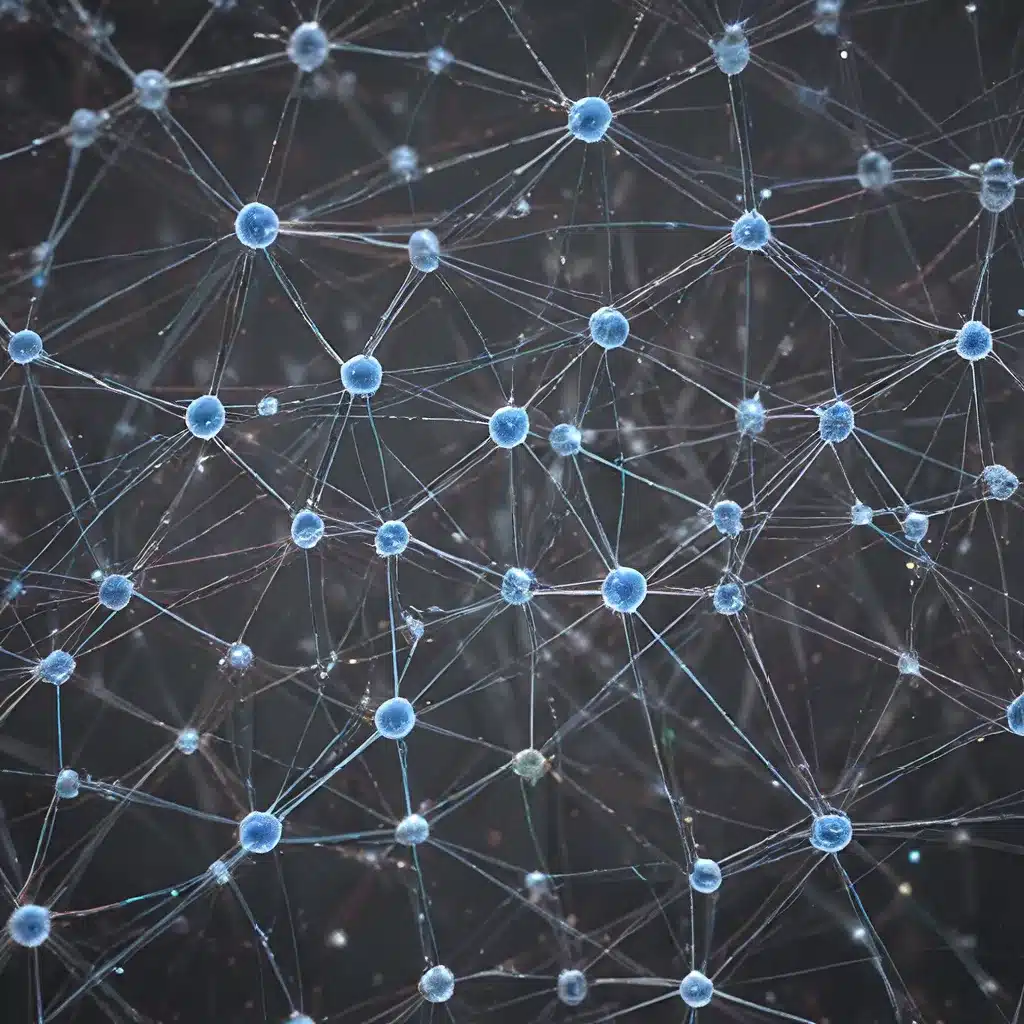
The Rise of Sensor Networks and IoT
The rapid advancements in processor, memory, and radio technology have enabled the development of distributed networks of small, inexpensive nodes capable of sensing, computation, and wireless communication. These sensor networks of the future are poised to revolutionize various industries and applications, from smart cities and environmental monitoring to healthcare and industrial automation.
As sensor nodes typically operate on batteries, energy-efficient mechanisms for gathering sensor data are indispensable in prolonging the lifetime of a sensor network. Unbalanced energy consumption is an inherent problem in wireless sensor networks characterized by multihop routing and many-to-one traffic patterns, which can significantly reduce the overall network lifetime.
Towards Energy-Efficient Data Collection
To address this challenge, researchers have explored various distributed algorithms and clustering methods that aim to optimize the data collection and aggregation processes in sensor networks. One such novel approach is the clustering method where energy-efficient mechanisms are employed to prolong the network’s lifespan.
In a study published in the journal Pervasive and Mobile Computing, the authors propose a distributed algorithm that effectively addresses the uneven energy dissipation problem in sensor networks. By leveraging randomness, geometry, and discrete structures, the algorithm aims to achieve balanced energy consumption and extended network lifetime.
Key Aspects of the Distributed Algorithm
The proposed distributed algorithm comprises several key components:
1. Clustering Approach
The algorithm employs a clustering method where sensor nodes are organized into clusters, each with a designated cluster head. The cluster heads are responsible for data aggregation and communication with the base station, while the regular nodes focus on sensing and forwarding data to their respective cluster heads.
2. Energy-Efficient Mechanisms
The algorithm incorporates energy-efficient mechanisms to prolong the network’s lifetime. This includes optimizing the cluster head selection process, balancing the energy consumption across the network, and minimizing the communication overhead between nodes and cluster heads.
3. Randomness and Geometry
The algorithm leverages randomness, geometry, and discrete structures to achieve balanced energy consumption and extended network lifetime. By incorporating these elements, the algorithm can adapt to the dynamic nature of sensor networks and effectively distribute the energy load among the nodes.
4. Scalability and Adaptability
The distributed algorithm is designed to be scalable and adaptable, allowing it to accommodate the growing complexity and varied topologies of sensor networks. This ensures that the algorithm can be effectively applied to a wide range of IoT applications and deployments.
Applications and Impacts of the Distributed Algorithm
The energy-efficient distributed algorithm for data collection and aggregation in sensor networks has the potential to unlock a wide range of IoT applications and deliver significant benefits:
-
Smart Cities: The algorithm can be leveraged in the deployment of smart city infrastructure, enabling efficient monitoring and management of public utilities, transportation, and environmental conditions.
-
Environmental Monitoring: Sensor networks equipped with the distributed algorithm can facilitate real-time monitoring of environmental parameters, such as air quality, water levels, and wildlife tracking, leading to improved resource management and conservation efforts.
-
Industrial Automation: The algorithm can be integrated into industrial IoT systems, optimizing asset monitoring, predictive maintenance, and supply chain optimization, ultimately enhancing productivity and efficiency.
-
Healthcare and Assisted Living: Sensor networks employing the distributed algorithm can enable remote patient monitoring, elderly care, and assisted living solutions, improving patient outcomes and quality of life.
-
Energy Management: The energy-efficient nature of the distributed algorithm can contribute to improved energy management in smart grids, renewable energy systems, and energy-constrained IoT deployments, ultimately reducing carbon footprint and promoting sustainability.
Ensuring Security and Privacy in Sensor Networks
As the adoption of sensor networks and IoT technologies continues to grow, it is crucial to address the inherent security and privacy concerns associated with these systems. Sensor nodes, often deployed in unattended environments, are susceptible to various attacks, such as eavesdropping, node capture, and data tampering.
To mitigate these risks, researchers have developed a range of security protocols and encryption techniques tailored for sensor networks. The experts at the Sensor Networks Organization have extensively studied these security measures and their impact on the overall performance and reliability of sensor networks.
The Future of Sensor Networks and IoT
As the sensor network and IoT landscapes continue to evolve, the need for efficient, scalable, and secure data collection and aggregation algorithms will only become more pronounced. The distributed algorithm discussed in this article represents a significant step towards realizing the full potential of these technologies, paving the way for a future where sensor networks seamlessly integrate with our daily lives, enhancing our environment, improving our health, and driving sustainable progress.
By leveraging the power of distributed computing, energy-efficient mechanisms, and security-minded design, the sensor networks of tomorrow will play a pivotal role in shaping the smart cities, sustainable industries, and connected lives of the future.